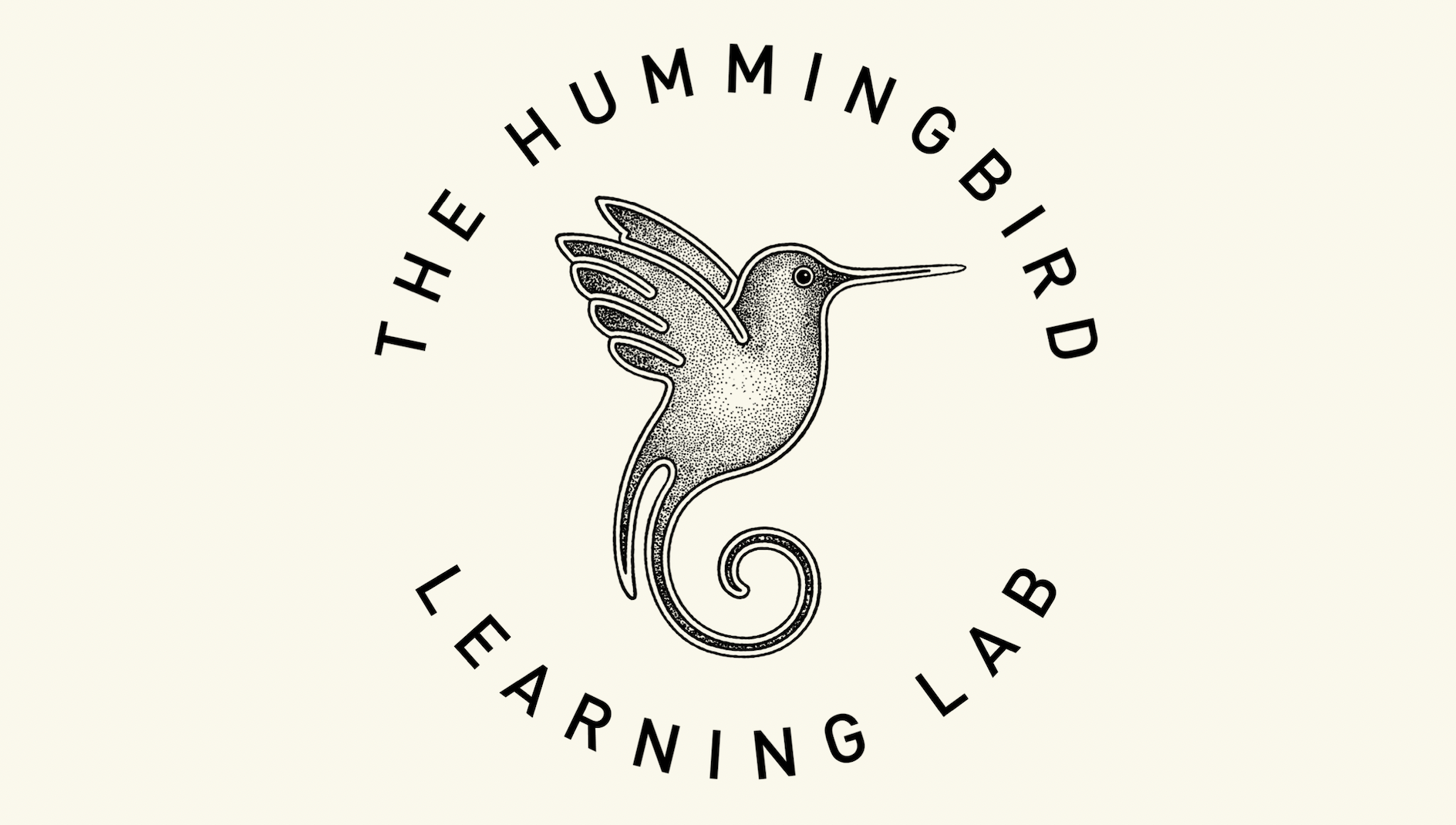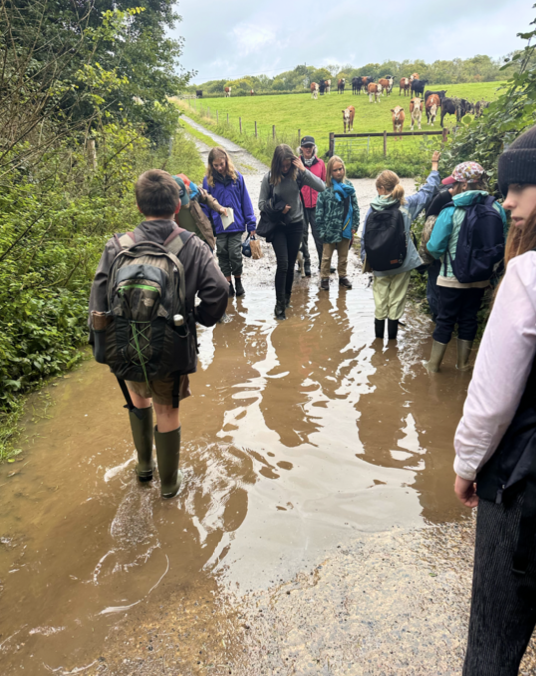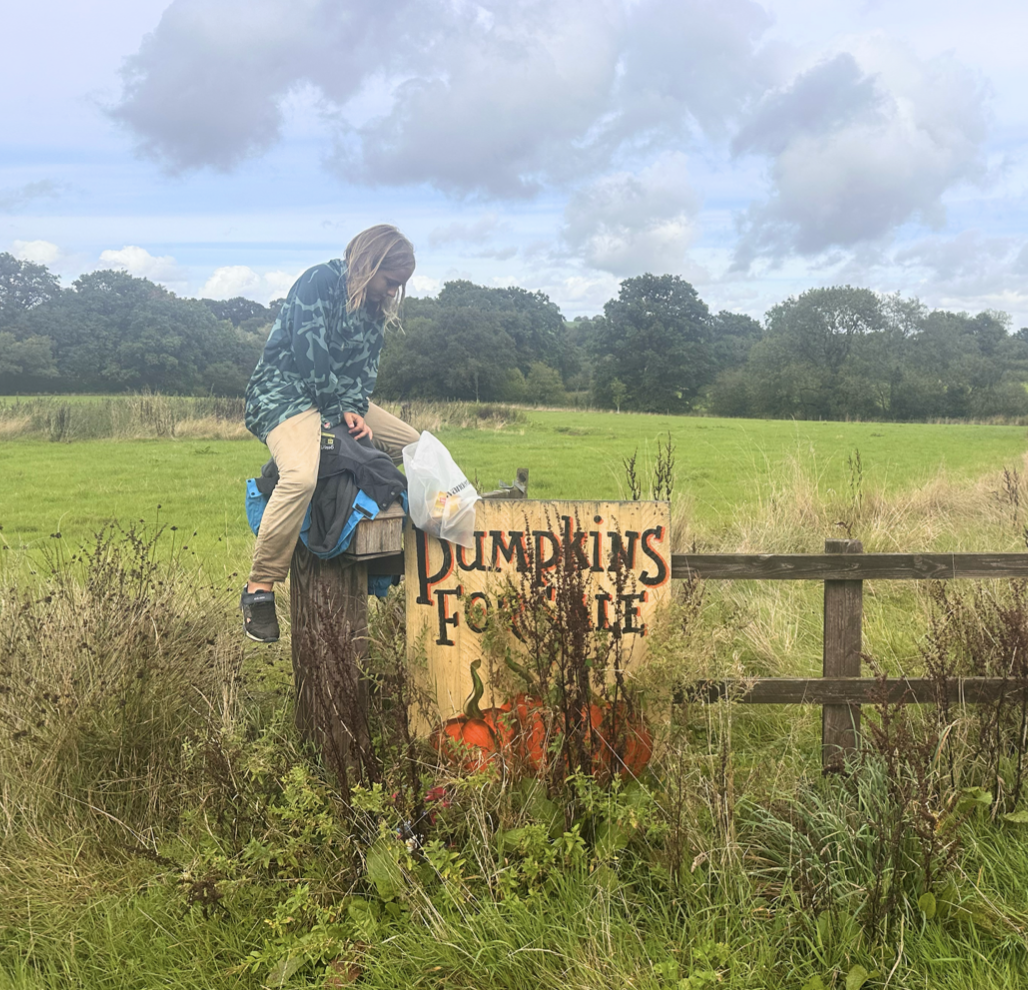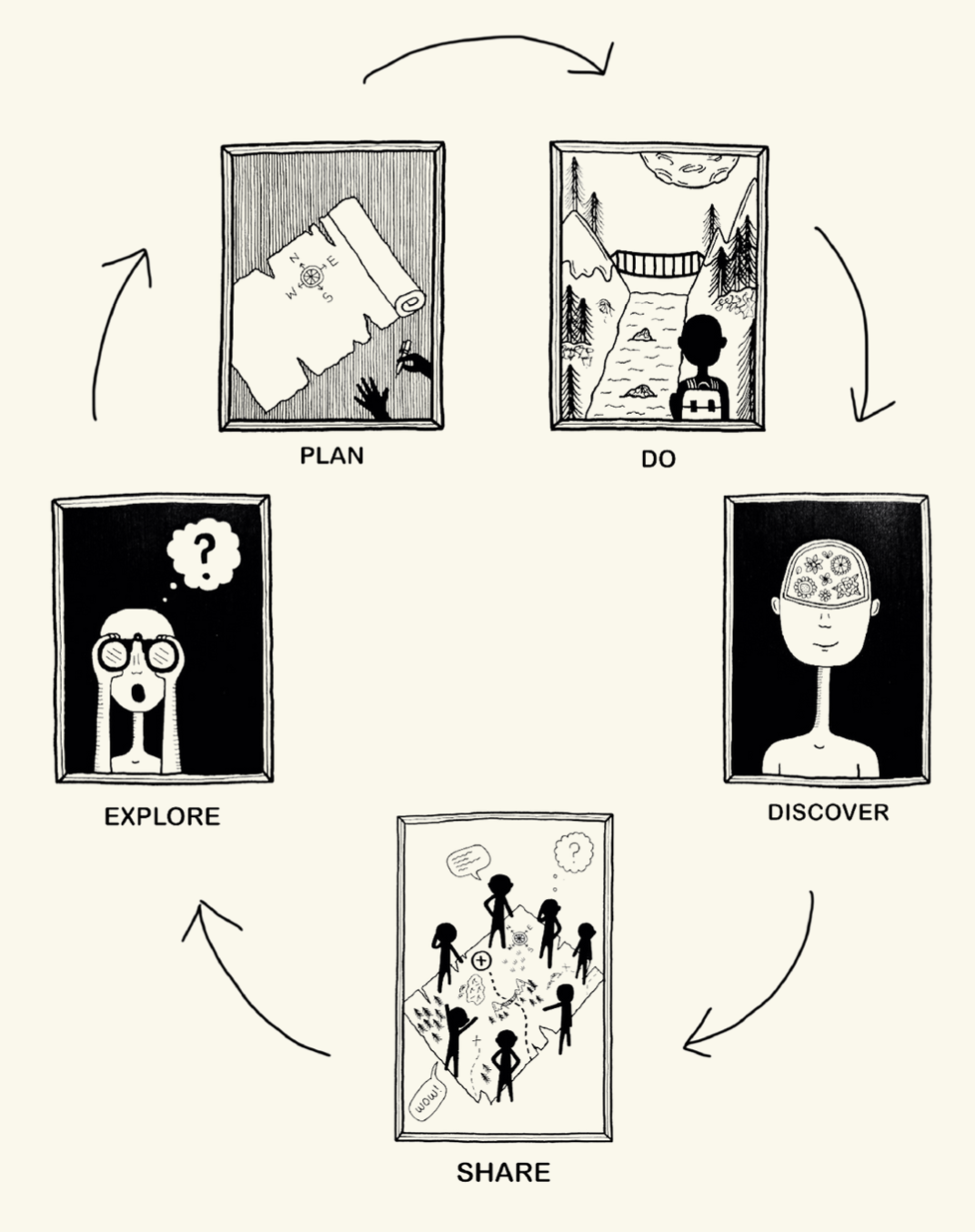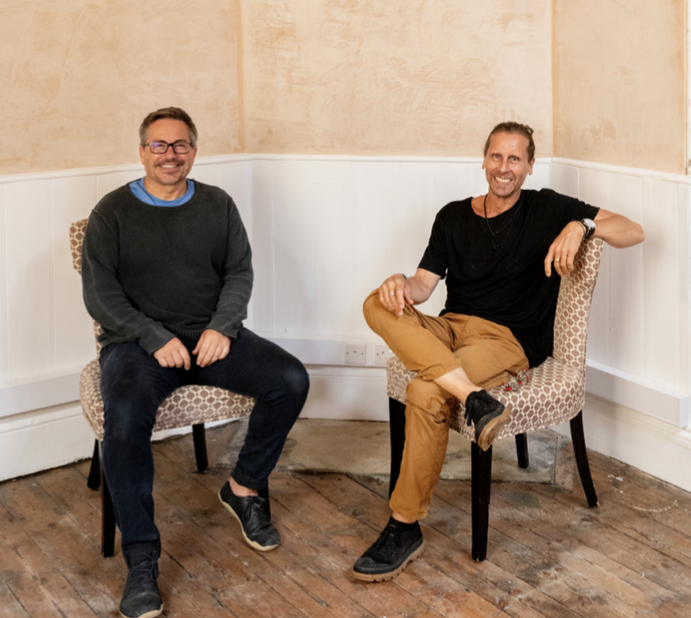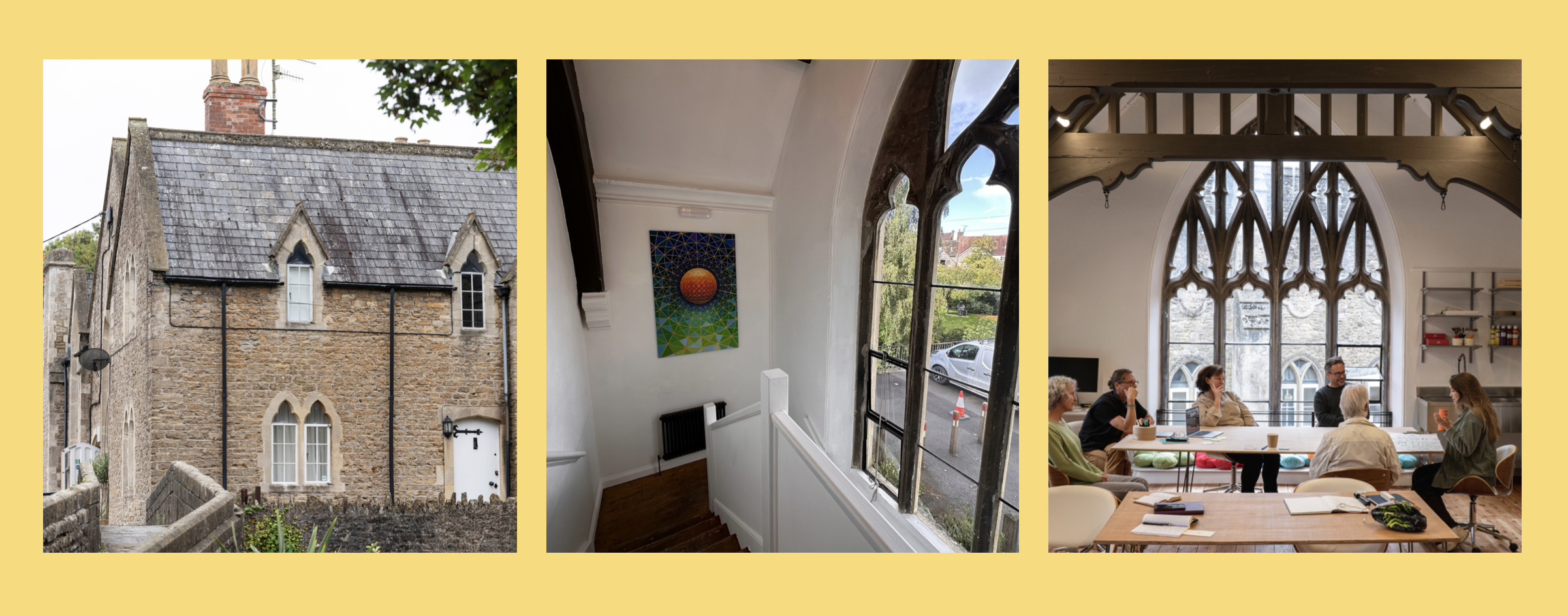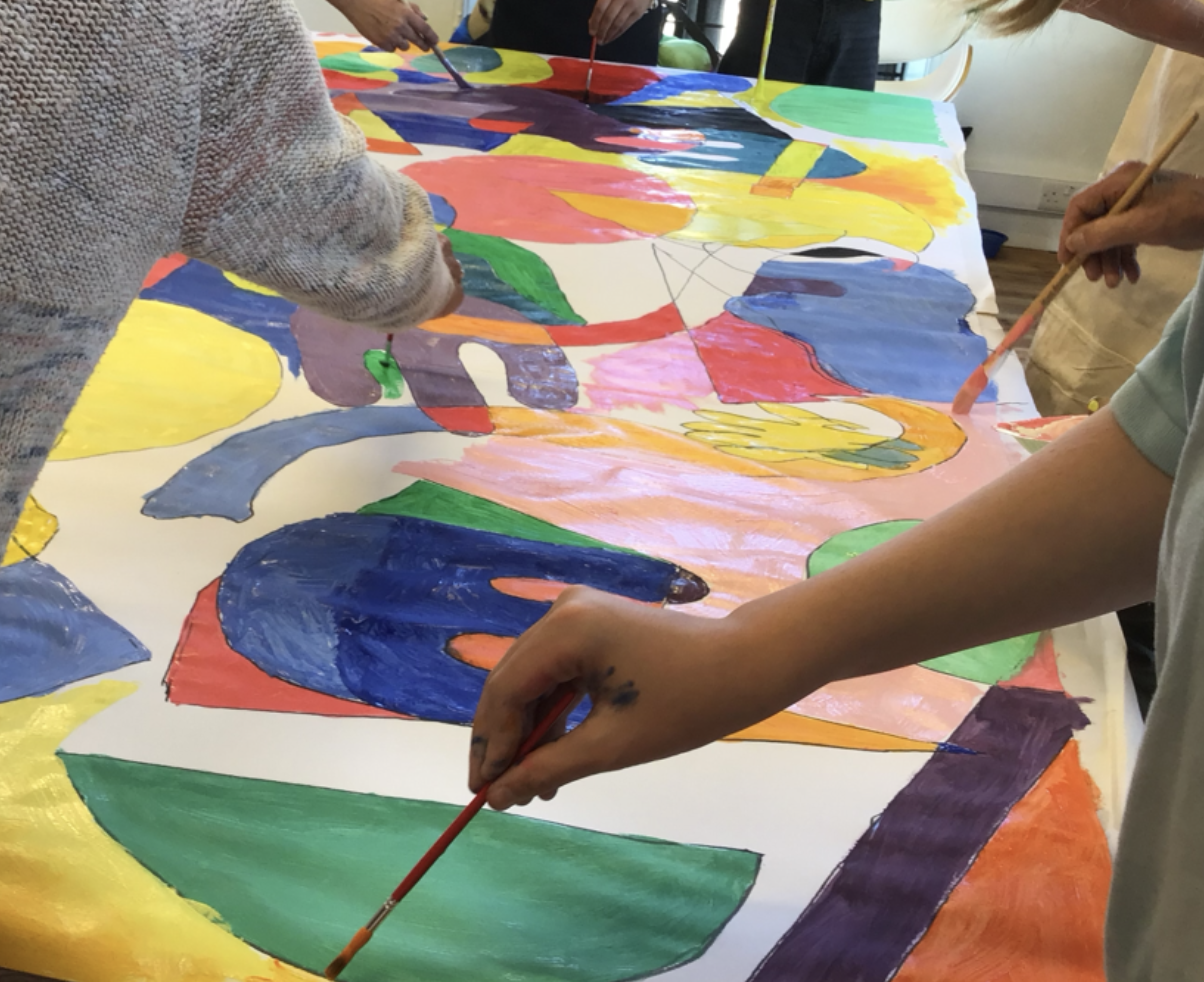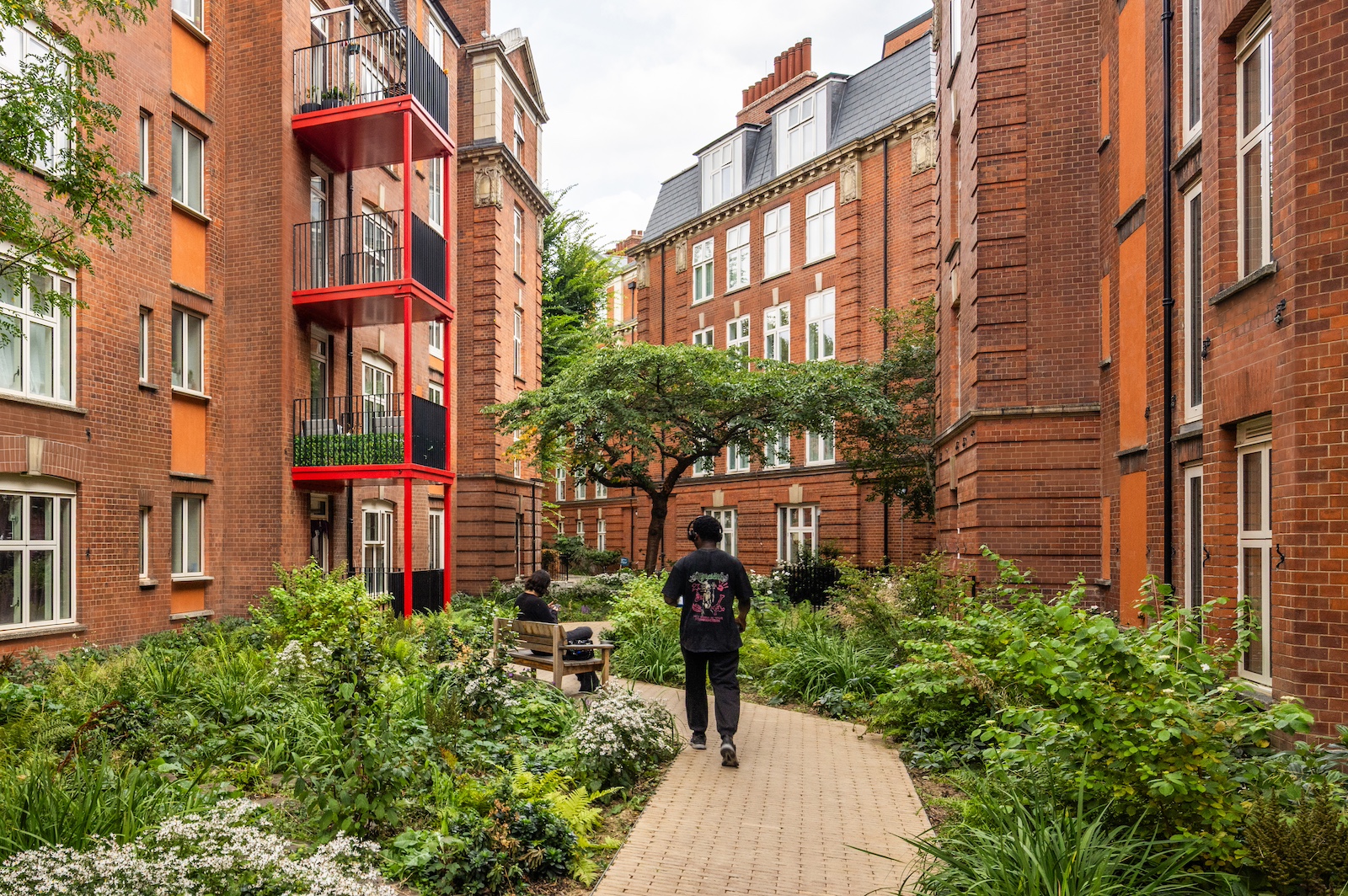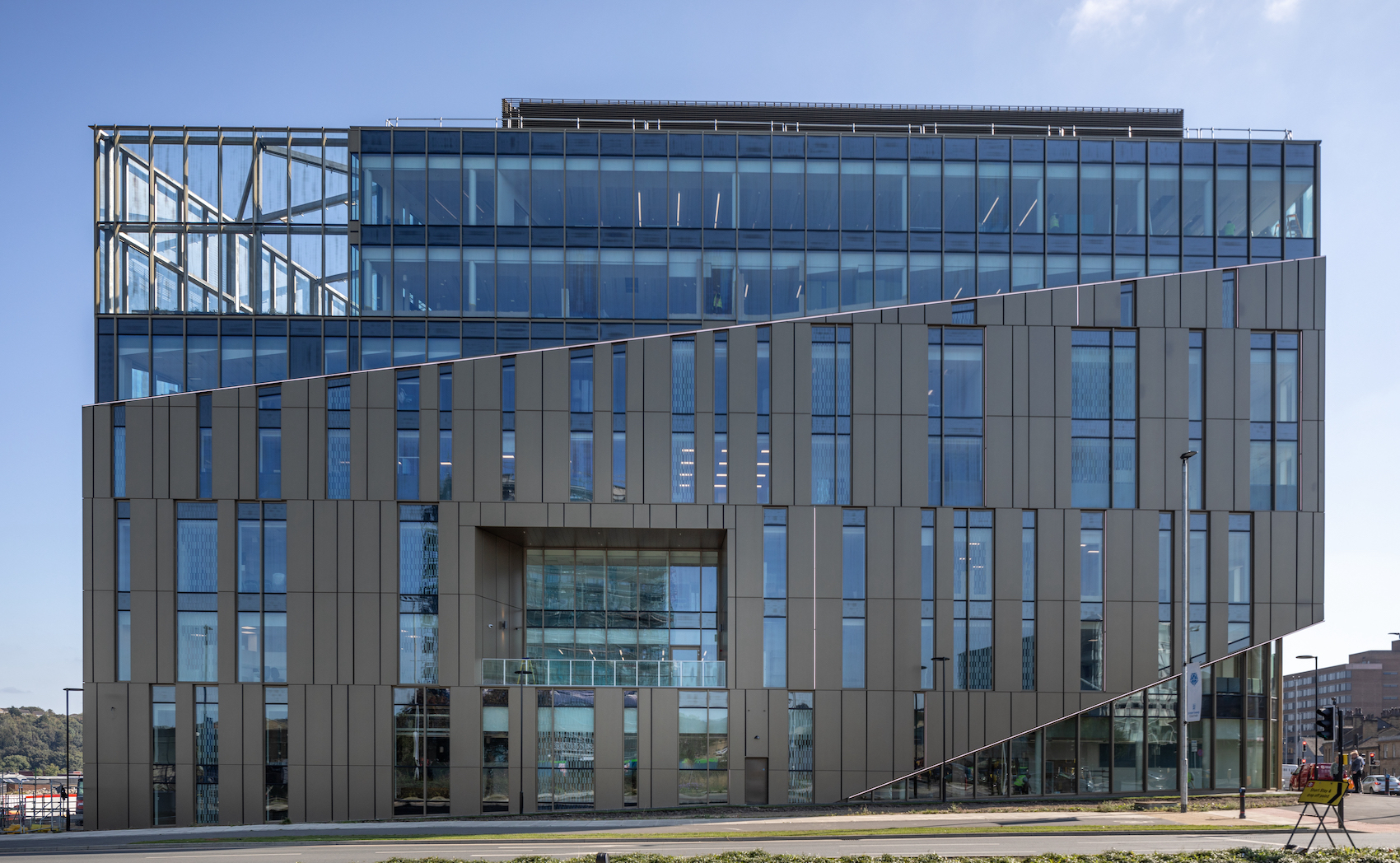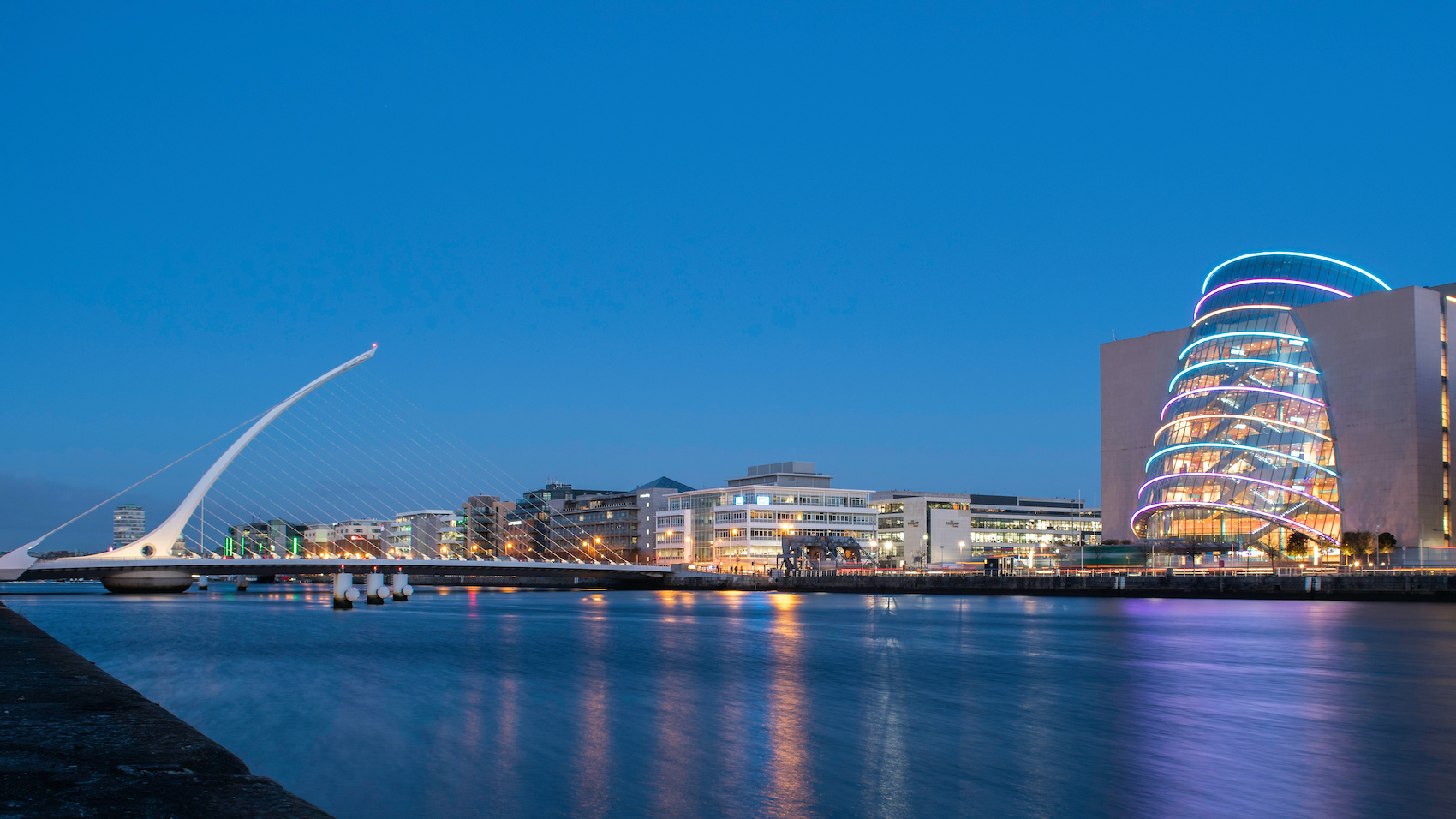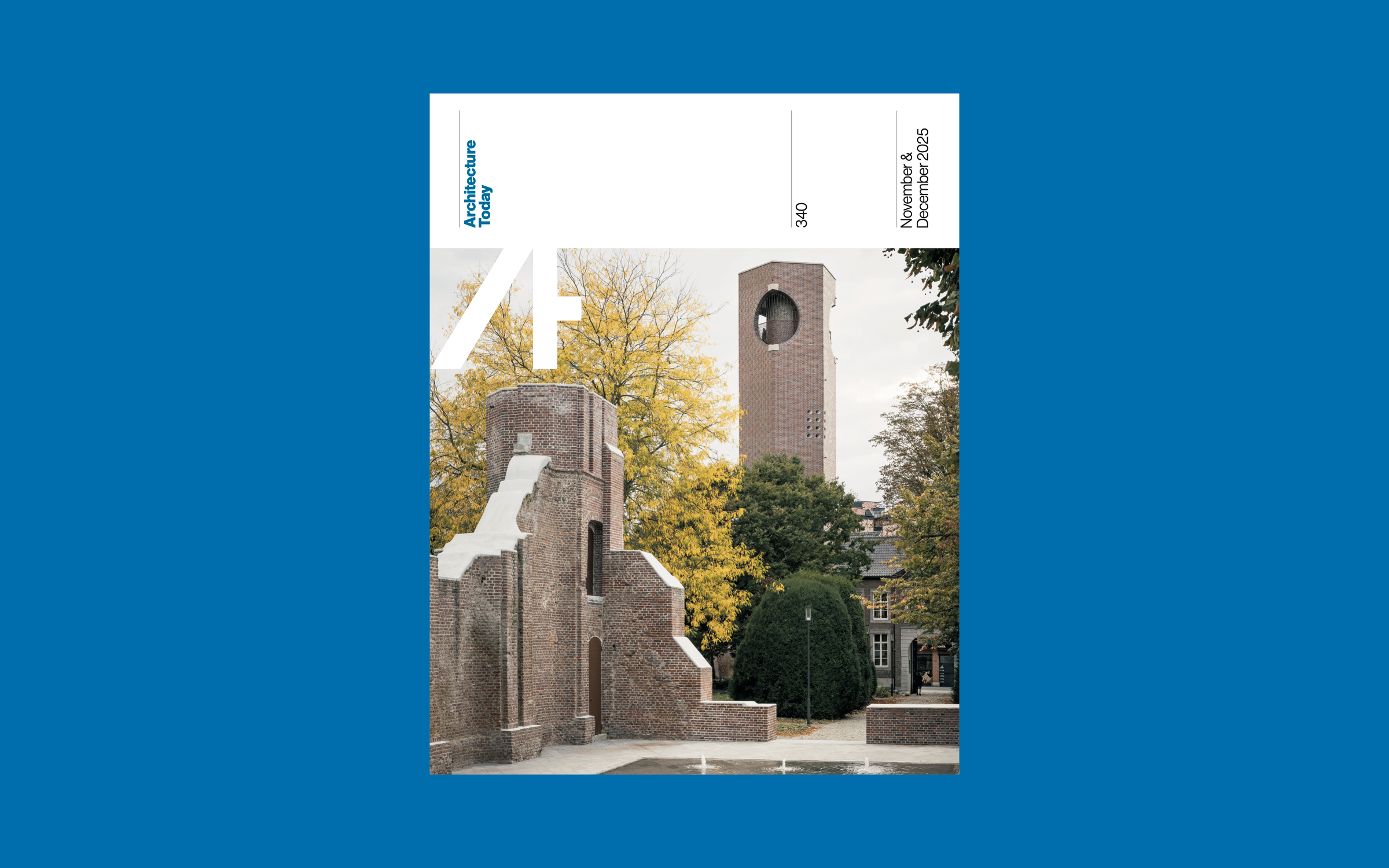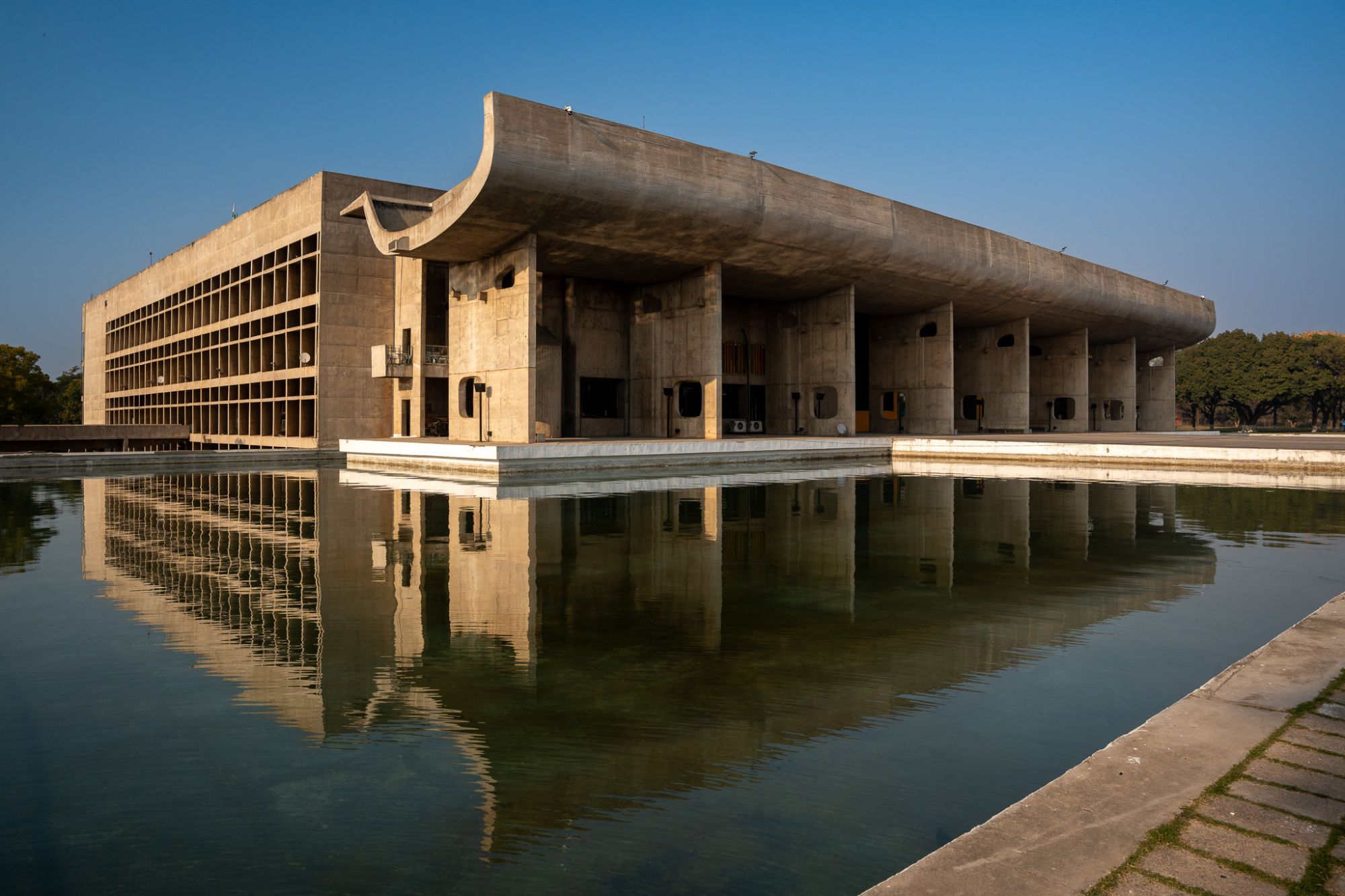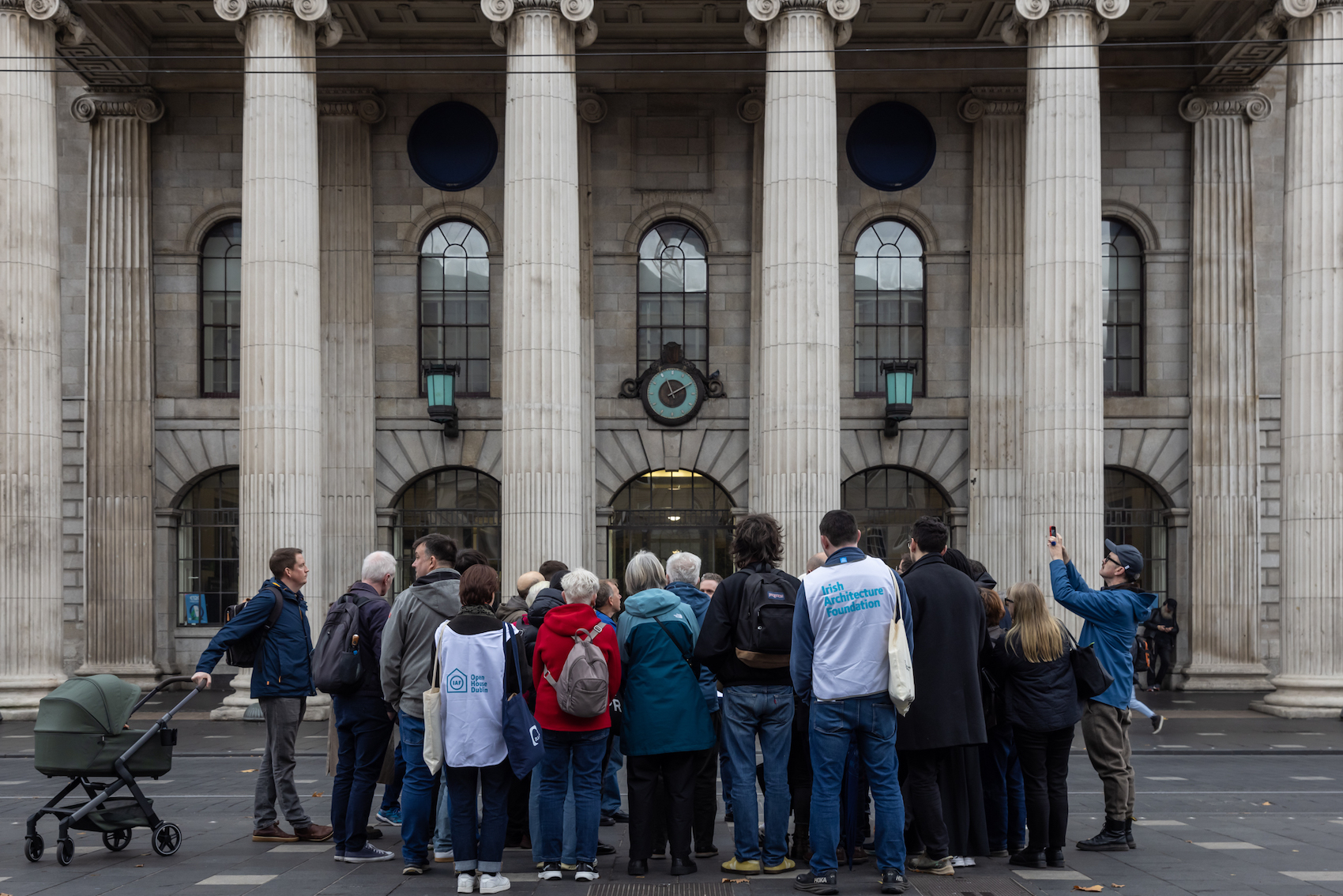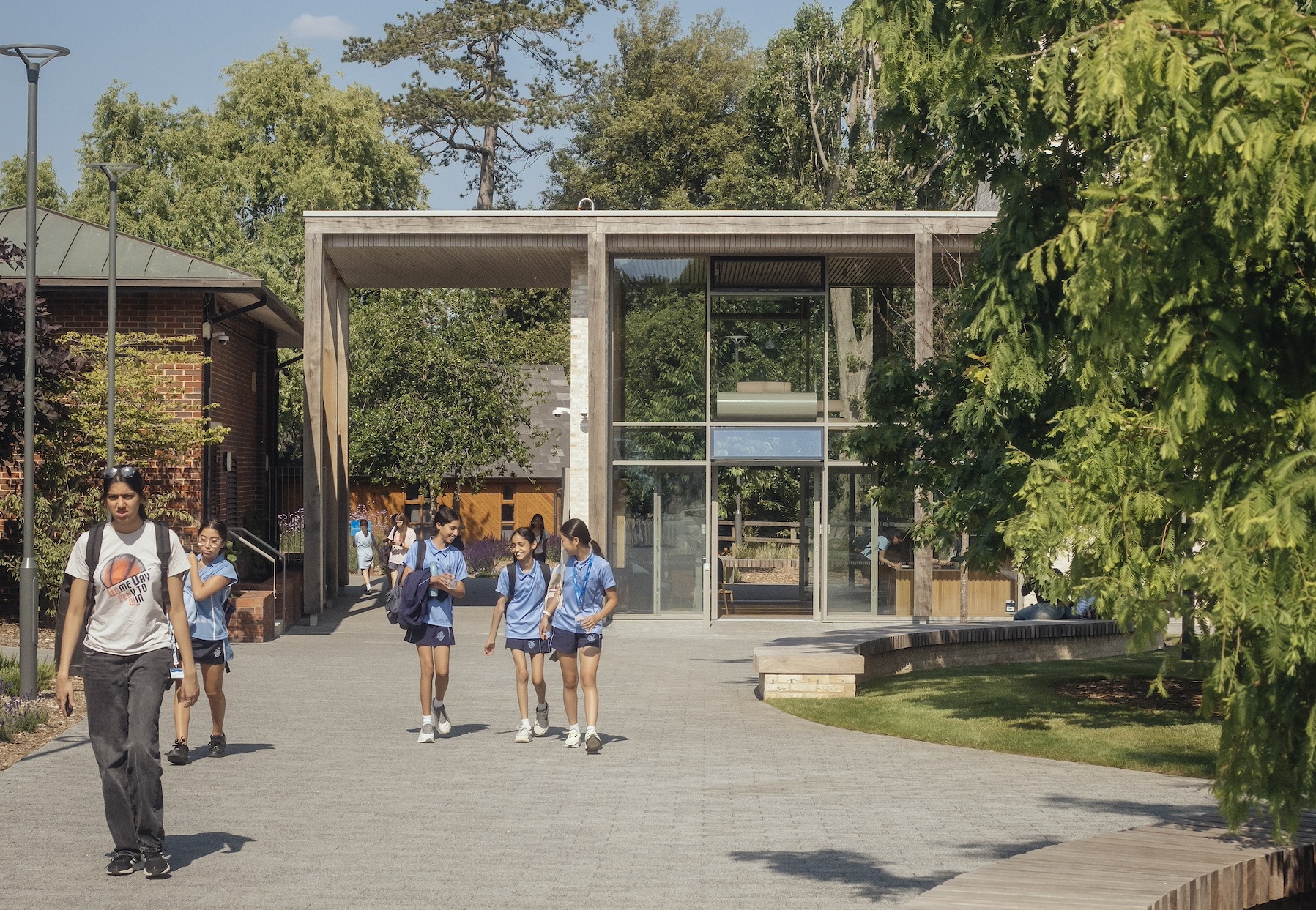The Hummingbird Learning Lab invites expressions of interest for the design, development and delivery of a demountable project for an inspirational space for learning, research and exploration that reflects its neuroscience-grounded approach to education and community engagement.
Grounded in a deep understanding of neuroscience, complex adaptive systems and regenerative design, The Hummingbird Learning Lab rests on a simple conviction: we are failing to equip young people with the skills and ways of being needed to flourish — physically, emotionally, and intellectually. Only by empowering them to forge meaningful connections, contribute purposefully to society, and take agency in their own evolution can they imagine and deliver the complex, interdisciplinary solutions required to meet the challenges of a future that has yet to be created.
The organisation is looking for an architectural practice that shares its commitment to innovation and regenerative design to help it to develop a learning campus that reflects its ethos and ambitions in Bruton, Somerset, where the first Hummingbird Learning Lab is currently based. Based on a site between the town and Hauser & Wirth’s renowned art gallery at Durslade Farm, the centre will include learning facilities for younger children (from nursery age to 19), satellite facilities for the secondary school based within the town itself and publicly accessible gardens and spaces including a cafe, sculpture garden and natural play spaces alongside facilities for retreats, experimentation and events. A place of discovery and wonder, the site will become not only an essential and inspiring place for learning, but a place for people of all ages to challenge their perceptions about themselves, other people and the world around them.
The brief
Accommodation is likely to take the form of a collection of standalone low-rise buildings allowing for phased delivery, maximum interaction with the landscape, and iterative learning from one building to the next. The project needs to be:
- Composed of adaptable, innovative structures: The Hummingbird campus needs to be composed of ‘temporary’ yet resilient structures that make use of potentially innovative, sustainable (if not regenerative) materials and forms. We envisage the use of adaptable, temporary structures, similar to those that might be used in a refugee camp or similar temporary settlements, but technologically boundary-pushing and inspirational in design. The ‘kit of parts’ should include covers for walkways between spaces and be informed by a clear strategy about the relationship between structure, nature and climate and the way the project and its constituent parts will evolve over time.
- Designed for many environments: Winning designs should envision a space that could thrive across different landscapes and climates.
- Cost-effective and scalable: Affordability must be a key consideration, since the aim is to scale the model across multiple sites.
- Sustainable and renewable: Ideally the site would be off-grid, or at least heavily powered by renewables.
- Architectural innovation: The project should lead to new discoveries and insights that could influence architecture more broadly. For instance, what the principles and ideas and qualities of spaces that literally create ‘discovery’ of self, others and the world.
The architect’s role
In architectural terms, the ambition is to develop a blueprint for a series of learning environments that create the conditions for young people to make original discoveries, develop an understanding of nature and human nature, develop entrepreneurial skills and develop a profound understanding of themselves, others and the real world. Hummingbird Learning Labs need to be joyful places that nurture curiosity, encourage movement and exploration, and create opportunities to engage with the natural world. Symbolically, but also operationally, they should reflect Hummingbird’s commitment to the principles that underpin the Regenerative Architecture Index: being a good ancestor, co-evolving with nature and creating a just space for people.
Responsibilities include:
- Supporting the organisation as it moves from having a symbiotic relationship with a ‘host’ organisation to building its own independent sites.
- Investigating the spatial and operational implications of Hummingbird’s particular approach to education and developing a structural and design vocabulary that establishes an over-arching spatial approach/’look and feel’ but can be adapted to different conditions (new build/retrofit; rural/urban) across the world.
- Developing input and visual collateral to support Hummingbird in its fund-raising efforts and in its communication with planning authorities, prospective staff, parents and pupils etc.
- Supporting Hummingbird in its work to develop its thinking and strategies relating to the relationship between Hummingbird Labs and existing communities eg: scope to tap into existing social and physical infrastructure and amenities; potential to develop shared facilities for community and Hummingbird use
- Developing a ‘playbook’ that will allow Hummingbird to carry out assessments and feasibility studies on potential sites that take account of the organisation’s core values and ambitions alongside issues relating to commercial viability, planning etc
- Overseeing the translation of this on-going research work into site-specific built projects
- Monitoring performance in use, and feeding lessons learnt into the brief for successive schemes.
The design will evolve as an iterative process, with the design team working closely with Hummingbird stakeholders and funders to develop a phased and flexible delivery programme. The competition will set out to identify an architect to work with Hummingbird Lab to develop initial design proposals but also to commit to a long-term partnership to monitor the project’s performance and the on-going relationship between wildlife, people, ecology and landscape and to develop and evolve the campus as required. Over time, it is envisaged that different architectural practices will be appointed for each new project. However, at this stage, Hummingbird is seeking a practice that shares its values and vision to help it develop proposals for its first building project and to articulate the underlying principles that will inform future projects.
The Hummingbird Learning Lab
Founded by renowned neuroscientist Dr Beau Lotto and Dave Strudwick, one of the UK’s most innovative educationalists, a pilot project – the first Hummingbird Lab – kicked off with the first cohort of students starting in 2025. Based in the former history department of Somerset-based public school Kings Bruton, the school has negotiated a five-year lease, which allows it to be formally independent from Kings Bruton, while having access to its amenities including catering and sports facilities.
Hummingbird Lab founders educationalist Dave Strudwick (left) and neuroscientist Beau Lotto.
This school is now ready to design its own, bespoke campus and to explore and develop an approach to procurement, design, delivery and innovation that resonates with its core values and its commitment to the community and the environment. This pilot project represents the first step in an ambitious, long-term plan to establish a network of small schools in communities across the UK and abroad. Each school will be designed to accommodate 150 students, a figure anthropologists and sociologist recognise as the maximum group size for each member to feel a meaningful sense of kinship with every member of the group. The current plan assumes a first ‘cluster’ of three small schools, each located in, or close do, an established community within Somerset; sufficiently small and far apart not to be in competition with each other, but sufficiently close together to be served a single administrative function dealing with issues such as accountancy, administration and HR.
Expression of interest submission requirements

Commitment to regenerative architecture
The shortlist will be drawn exclusively from participating practices in the Regenerative Architecture Index, a joint venture between Architecture Today and Architects Declare, that requires practices to submit detailed and wide-ranging information demonstrating their track record and commitment to regenerative design and the values exemplified by Hummingbird Labs. All practices on the 2025 RAI are eligible. Submissions will also be accepted from practices who have registered for the Regenerative Architecture Index 2026.
Register for the Regenerative Architecture Index 2026.
Motivation and fit
Please explain your motivation for applying and why your practice is a good fit for the job (maximum 250 words).
Image
Please supply an image that illustrates or relates to your initial thoughts on the project. This can be a sketch, diagram, photograph or drawing. Please supply a brief explanation (maximum 250 words) explaining its relevance.
Team
Please supply brief CVs for up to three members of the practice who will be responsible for leading and working on the project day-to-day.
Case studies and references
Please supply two case studies of previous projects alongside contact details for an associated client reference.
Deadline
The deadline for Expressions of Interest is Monday 8th December 2025.
Submit an expression of interest here.
If you have any questions, ask it in the Regenerative Architecture community here or you can email us here.
Find out more about Dr Beau Lotto and his decision to launch the first Hummingbird Lab in Bruton in My kind of town.


